about the writer
Cecilia Herzog
Cecilia Polacow Herzog is an urban landscape planner, retired professor at the Pontifical Catholic University of Rio de Janeiro. She is an activist, being one of the pioneers to advocate to apply science into real urban planning, projects, and interventions to increase biodiversity and ecosystem services in Brazilian cities.
about the writer
Osvaldo Moura Rezende
Doctor in Science in Civil Engineering (COPPE/UFRJ). Professor at the Water Resources and Environment Department and the Environmental Engineering Post-graduation Program of Polytechnic School, and at the Landscape Architecture Master Program of the Faculty of Architecture and Urbanism – Federal University of Rio de Janeiro. Researcher in Water and City Lab (LAC-POLI/UFRJ) and in UNESCO Chair in Urban Drainage in Regions of Coastal Lowlands/UFRJ.
about the writer
Rafael Vinicius Ribeiro
Rafael Vinicius Ribeiro is a multidisciplinary professional working on project development through the lens of the design with focus on social impact projects within food systems. He’s the co-founder at SocialSeeds, an initiative focused on promoting biophilia within society to promote nature connectedness.
When people are given tools, knowledge, and space to imagine together, they are capable of envisioning futures that are more ecological, equitable, and inspiring.
Cities are complex systems, simultaneously contributing to and facing multiple crises, all of which are being exacerbated by climate change. Extreme rainfall, deadly heatwaves, and growing public health risks demand a new vision: one that enables cities to cope, adapt, and build resilience while seeking to live in harmony with nature.
In this context, Nature-based Solutions (NbS) have gained international recognition as essential strategies that can address multiple challenges in the same place, at the same time. NbS offer a different path: interventions inspired and sustained by natural systems that help regenerate biodiversity, adapt to the climate emergency, and improve human well-being simultaneously, respecting the Rights of Nature.
The greatest challenge is to foster a true shift in people’s minds and hearts, so they can reimagine cities not only permeated by nature everywhere, but also deeply and intrinsically connected to it. It is therefore urgent that city officials, such as public servants and decision-makers, go through a process of awareness and reflection before planning and designing transformative adaptation measures. The vision must focus on long-term resilience, rather than spending energy on incremental adjustments―which frequently leads to maladaptation―, fostering sustainable futures through truly transformative adaptation. Only then will they be prepared for an uncertain future, able to find new answers to old problems.
Another challenge is promoting knowledge and acceptance of NbS among people with diverse backgrounds and experiences. At the same time, it is vital to dismantle departmental silos that have historically shaped municipal governance.
New paths
This is the story of two workshops, performed in Curitiba and in Florianópolis, both located in Southern Brazil, that marked the first step in a broader effort by the Inter-American Development Bank (IDB) to finance ecological, flexible, and transformative climate adaptation strategies. The focus was on sensitizing participants to NbS that enhance biodiversity and deliver critical ecosystem services. The authors were facilitators of both workshops.
What was common to both workshops
The practical scope of each workshop was very different, each one dealing with specific local problems at different scales, but the methodology shared a common goal: to encourage participants to imagine their cities in 2035 and to see themselves as active change agents in shaping that future.
The workshops aimed to integrate teams from different municipal departments, dissolving barriers and cultivating a shared vision of cities where urbanized areas and natural systems coexist.
The methodology drew inspiration from Theory U, fostering an environment of mindfulness, presence, and active listening, where everyone could participate equitably. Participants were invited to explore the structures, mental models, and levels of awareness that sustain the current system, and then to reflect on how to break free from urban patterns that prevent genuine transformation. The goal was to spark imagination, open minds and hearts, and build personal and collective will to engage in creating a new future focused on well-being and resilience.
After this reflective phase, facilitators provided a science-based overview of global climate challenges in urban areas, followed by an introduction to NbS and disaster risk management. Case studies showcasing NbS in more livable, resilient cities helped participants dream about the transformative potential of their own cities.
To ground the process in lived realities, participants took site visits, organized by local hosts, to directly experience urban environments. Finally, a design “charrette” was tailored for each city, giving teams the chance to co-create proposals informed by the process they had just experienced.
Curitiba: Rethinking the Belém River basin
Curitiba (Paraná State) is often cited as an innovative city, with a strong culture of biodiversity conservation since hosting the COP on Biological Diversity in 2006. Its urban river park network integrating natural ecosystems along the Barigui River, designed over the last 5 decades, manages stormwater while creating recreational and habitat spaces. Yet, with intensifying climate impacts, Curitiba has suffered floods in urbanized areas, especially where the heavily transformed Belém River Basin is buried underground.
This watershed became the focus of the workshop, co-led by the Institute of Research and Urban Planning of Curitiba (IPPUC) and the Municipal Secretary of Environment (SMMA). Ana Zornig Jayme, now IPPUC’s president, played an active role in preparing the workshop. Activities, sites, materials, and maps were carefully chosen and prepared, which proved essential to achieving meaningful outcomes.
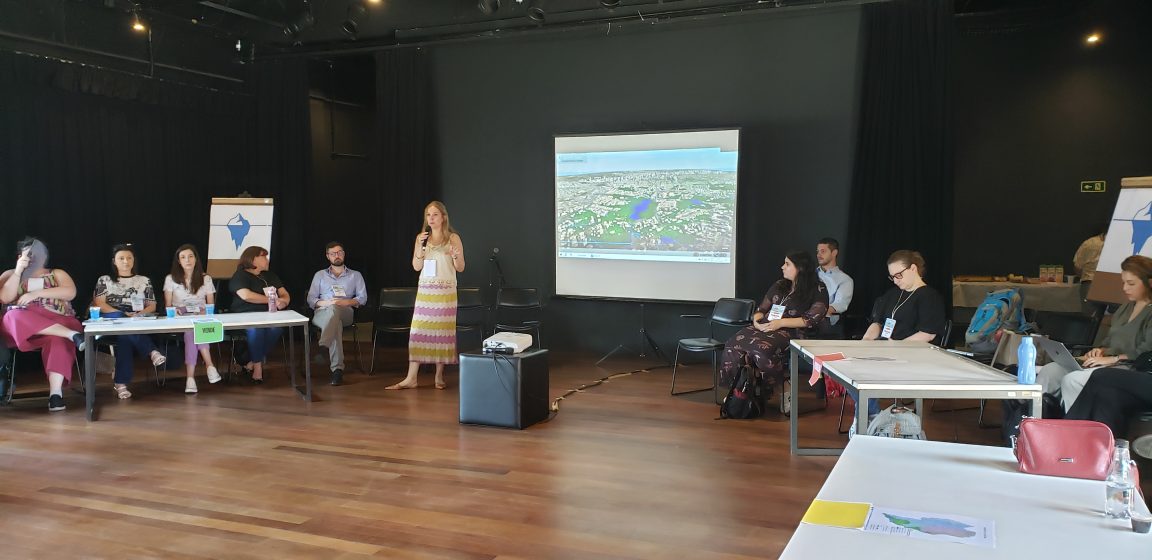
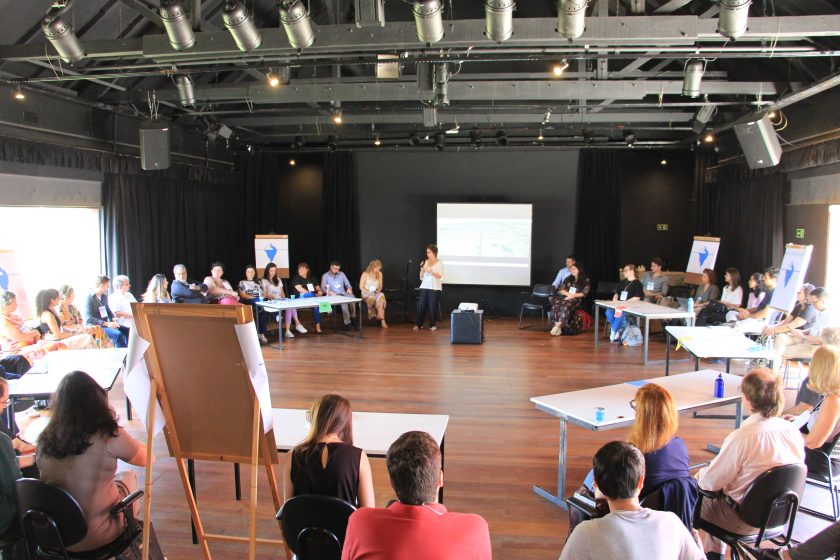
The Belém River and its tributaries flow entirely within city boundaries. Rather than treating them as problems to be engineered or nuisances to control, the participants were encouraged to imagine them as living systems at the core of Curitiba’s resilience.
The process began with a large online gathering of more than seventy participants. The sequence of the opening presentations was conceived to tell a story inspired by the U theory, going from the current challenging urban environment to new paths that may lead cities to thrive, living in harmony with nature and natural flows. The start was about the climate predicament in urban areas, then NbS principles were introduced, followed by successful cases in different cities of the world. Participants were then invited to imagine Curitiba in 2035, reflecting on their personal roles as change-makers in building a more ecological, resilient city.
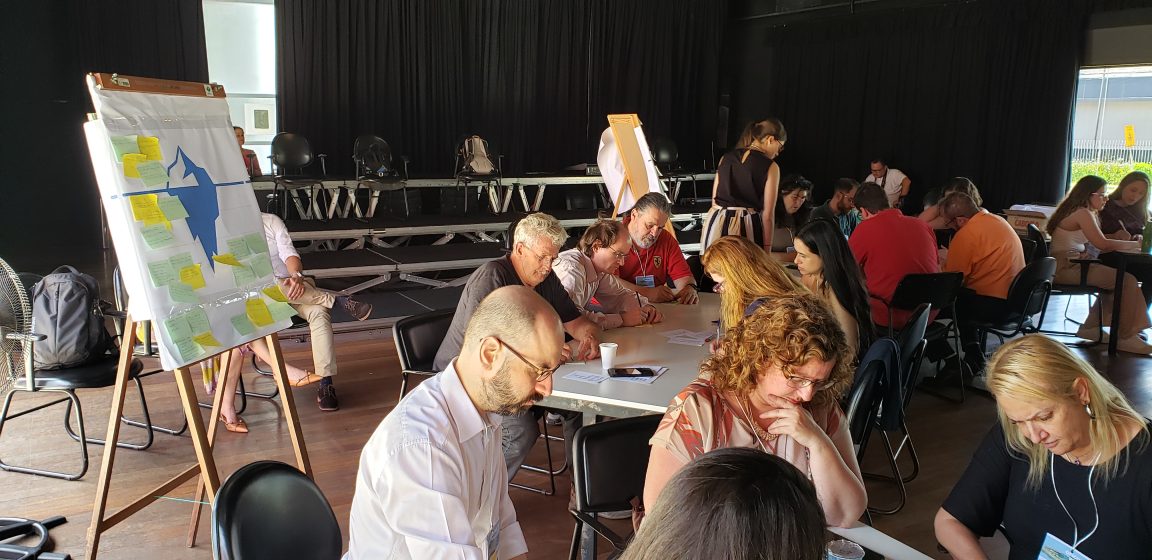

The responses were striking. Across groups, participants envisioned rewilded rivers, restored wetlands, and walkable green corridors—a city where people thrive in close connection with nature.
This virtual meeting set the stage for an intensive three-day in-person workshop, about a month later. Participants included planners, architects, engineers, biologists, geographers, and managers from multiple municipal departments. Many had never worked together before, even within the same agency.
The workshop unfolded in stages. On the first day, participants reflected on the values, structures, mental models, and awareness levels that sustain the current city. They then identified the transformations needed to create the city they envisioned. Next, groups mapped present and future challenges and opportunities, producing lively discussions and insightful results.
The second day was dedicated to a watershed immersion. Practitioners visited the Belém River from its source to its outlet at the Iguaçu River, on the border with São José dos Pinhais municipality. The visit stimulated all senses, revealing the varied realities of the upper, central, and lower watershed. This experience was essential to inform people about the design work that followed.
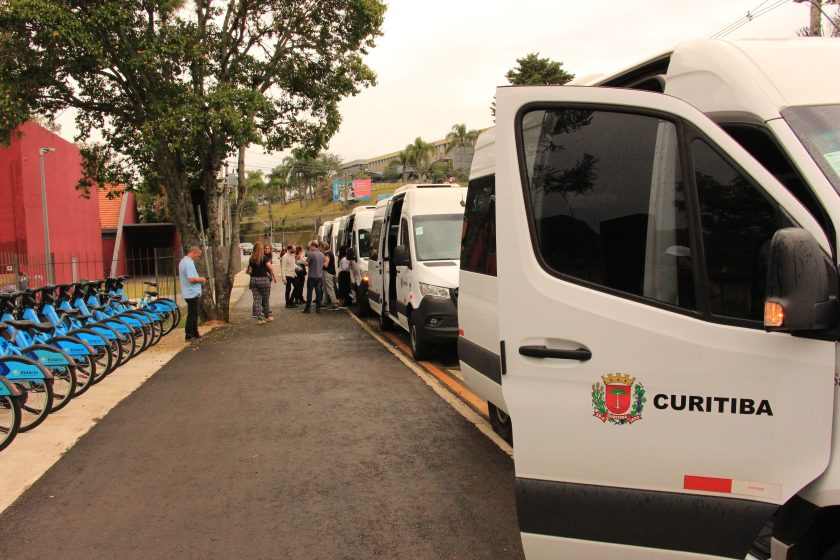
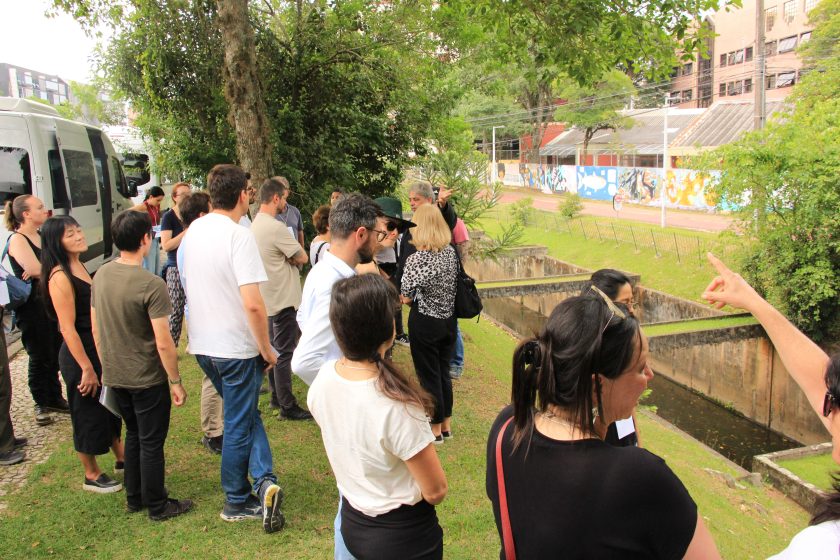
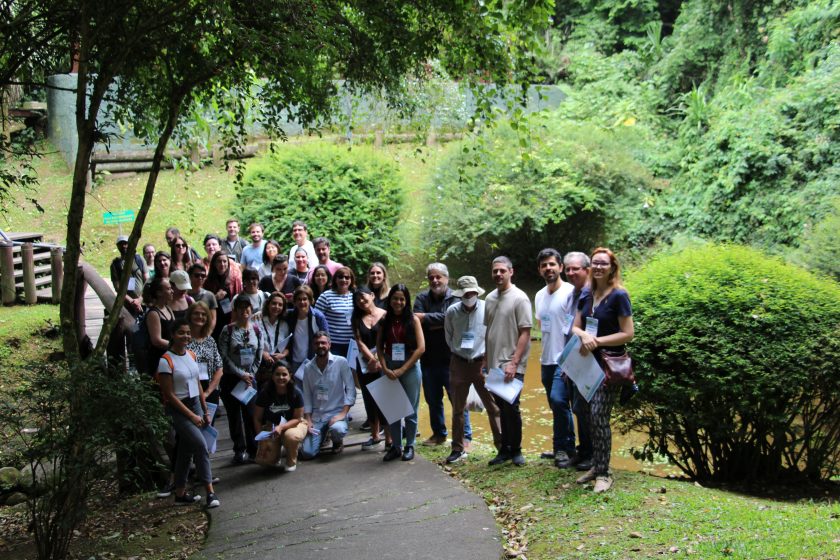
On the third day, participants engaged in a design charrette. Working in interdisciplinary groups of around eight, each with at least one person skilled in graphic representation, teams were assigned to different sections of the watershed. After developing their proposals, teams working in the same section came together to merge their ideas. The results were displayed side by side on the wall, providing a complete view of the watershed and proposed actions.
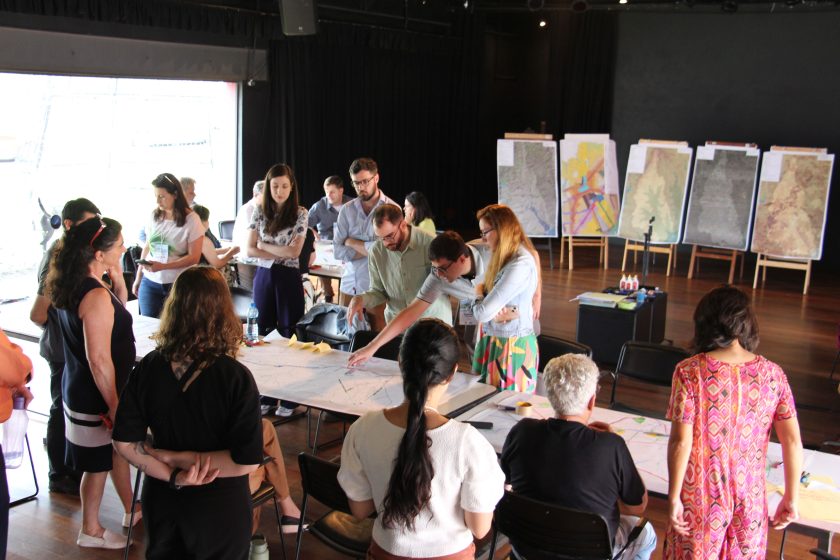

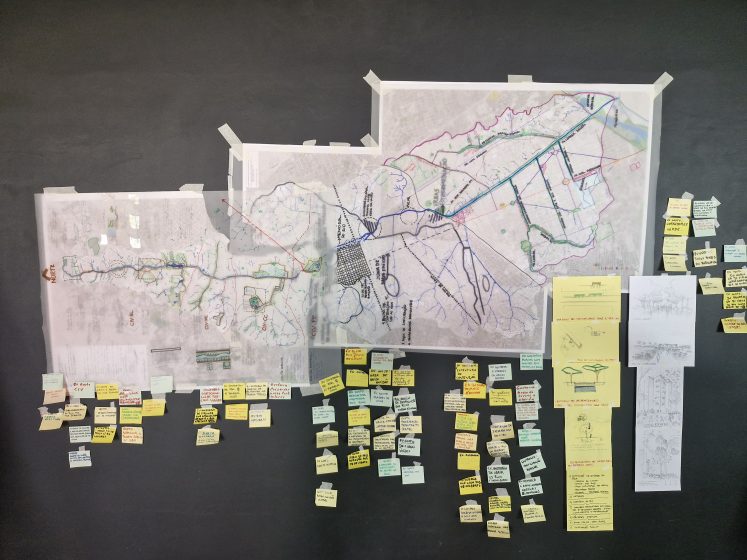
What was most transformative, however, was not the drawings themselves but the shift in consciousness. Municipal staff habituated to siloed approaches began to see the watershed as a whole, and to see themselves as members of a creative and proactive team. They began to perceive themselves not just as technical experts, but as agents of ecological transition.

Florianópolis: Living with the dunes in Vila do Arvoredo
If Curitiba’s challenge was systemic integration at watershed scale, Florianópolis (Santa Catarina State) presented a very different context: a small, vulnerable community living on fragile coastal dunes.
Vila do Arvoredo, formerly known as “Favela do Siri”, is home to over 1,100 people, settled in a region near the coast, with a large presence of mobile dunes in the surroundings. Families began settling there more than 30 years ago, often building houses with wood and recycled materials. Over time, occupation has expanded toward sandy terrain, with shifting dunes burying homes, and more recently, the presence of criminal groups has compounded the community’s vulnerability.
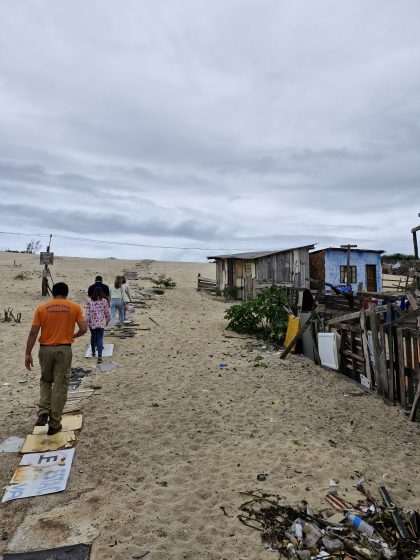
Although the workshop lasted less than two days, it proved to be highly impactful. The participants included more than 20 participants, municipal staff from diverse departments, including the Secretary of Urban Planning and Housing.
It began with a guided visit led by Dona Lenir, a long-time resident and community leader. As she walked the whole group through sandy streets and paths, she pointed to houses partially buried by dunes, recounted stories of displaced families, and spoke of the resilience required to survive in such an unstable landscape. Her testimony grounded the workshop in lived experience.
In the afternoon, the facilitators made concise presentations on the climate crisis, NbS, and disaster risk management. They then participated in the reflective exercise: What kind of Florianópolis do we want by 2035? Visions emerged of a city more integrated with nature, safer, healthier, and more just.
On the second day, teams of about 5 people engaged in a design charrette. The challenge was immense: how to protect and stabilize dunes with native vegetation, provide safer housing, create recreational spaces, and improve mobility, while respecting the dignity of residents and enhancing biodiversity.





The proposals exceeded expectations. Groups sketched innovative plans that balanced social, ecological, and spatial dimensions. For the first time, many participants had opportunities to work in such a harsh environment with challenging multi-thematic issues. For many, it was also their first opportunity to work across disciplines and departments, building connections that had never existed before.
Shared lessons: Seeds of transformation
Though the Curitiba and Florianópolis cases are very different, since the first one is a well-established “model city”, and the other is a vulnerable community of a city located on an island, the workshops revealed common lessons:
- Boost imagination with knowledge: Deep dives into the structures that sustain the current system created space for profound reflection and mindset shifts.
- Nature as foundation, not nuisance: When given the chance to reimagine, municipal staff consistently place nature at the center of their visions.
- Integration across silos: Collaboration across departments demonstrated the power of co-creation and co-production. Building shared knowledge and views might lead to more alignment and enhance collaboration.
- Embodiment matters: Walking along the river, standing in the sand, listening to residents, and experiencing the local reality can build empathy, contributing to shifting perspectives.
- Workshops as catalysts: NbS workshops do not produce finished projects, but they spark new ways of thinking. They plant seeds for long-term systemic change.
Why this matters
The climate crisis is accelerating. Cities must move beyond gray-infrastructure paradigms and embrace regenerative, adaptive systems. NbS are not optional add-ons; they are essential pathways for resilience and justice.
Our experiences in Curitiba and Florianópolis confirmed that when people are given tools, knowledge, and space to imagine together, they are capable of envisioning futures that are more ecological, equitable, and inspiring.
Workshops like these are critical beginnings to spark imagination that is essential to envision a new reality, boosting creative energy that enables actual landscape transformation. They allow us to practice integration between people and nature, to foresee hidden opportunities, and to nurture the courage needed to change paradigms.
Cecilia Polacow Herzog, Osvaldo Moura Rezende, and Rafael Vinicius Ribeiro
Lisbon, Rio de Janeiro, São Paulo
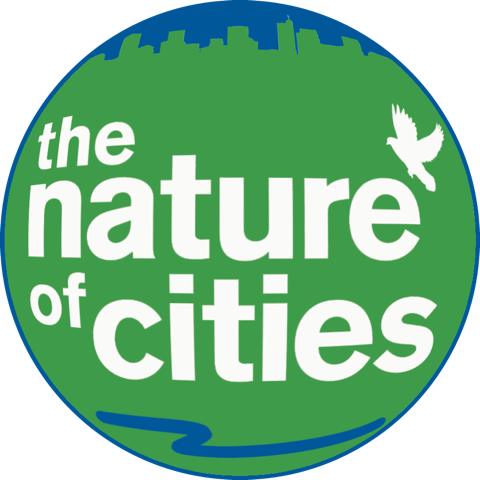
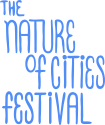

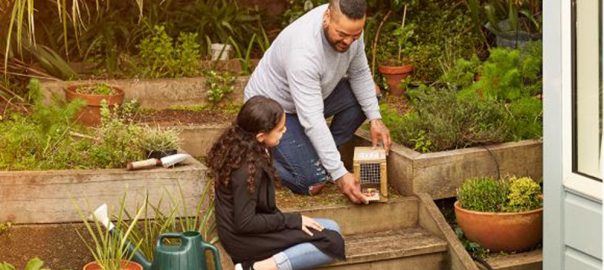
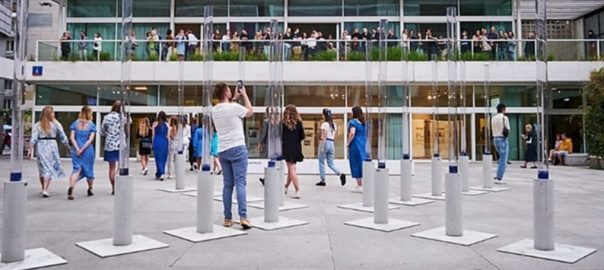
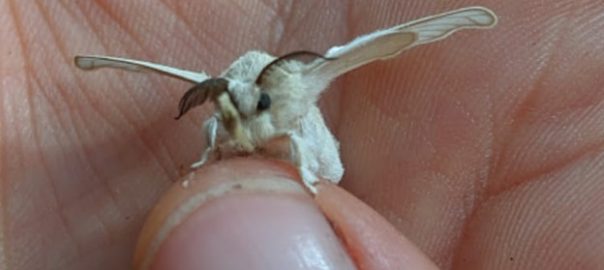

Leave a Reply